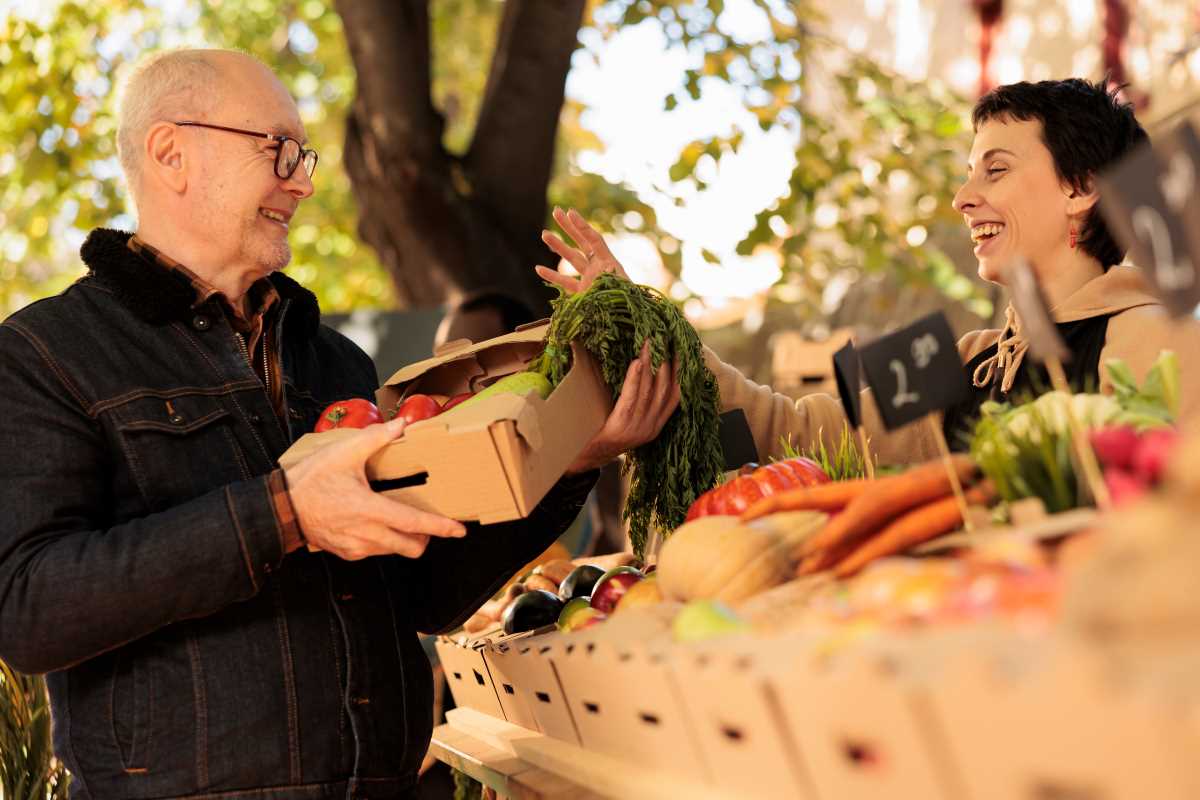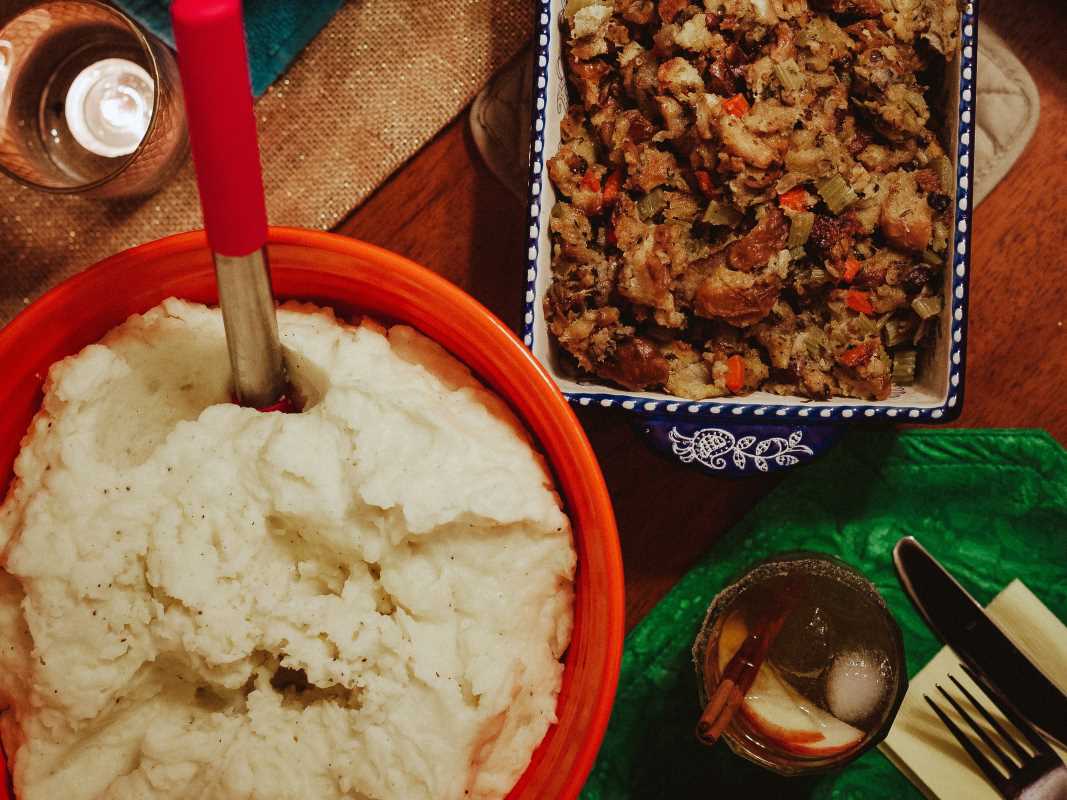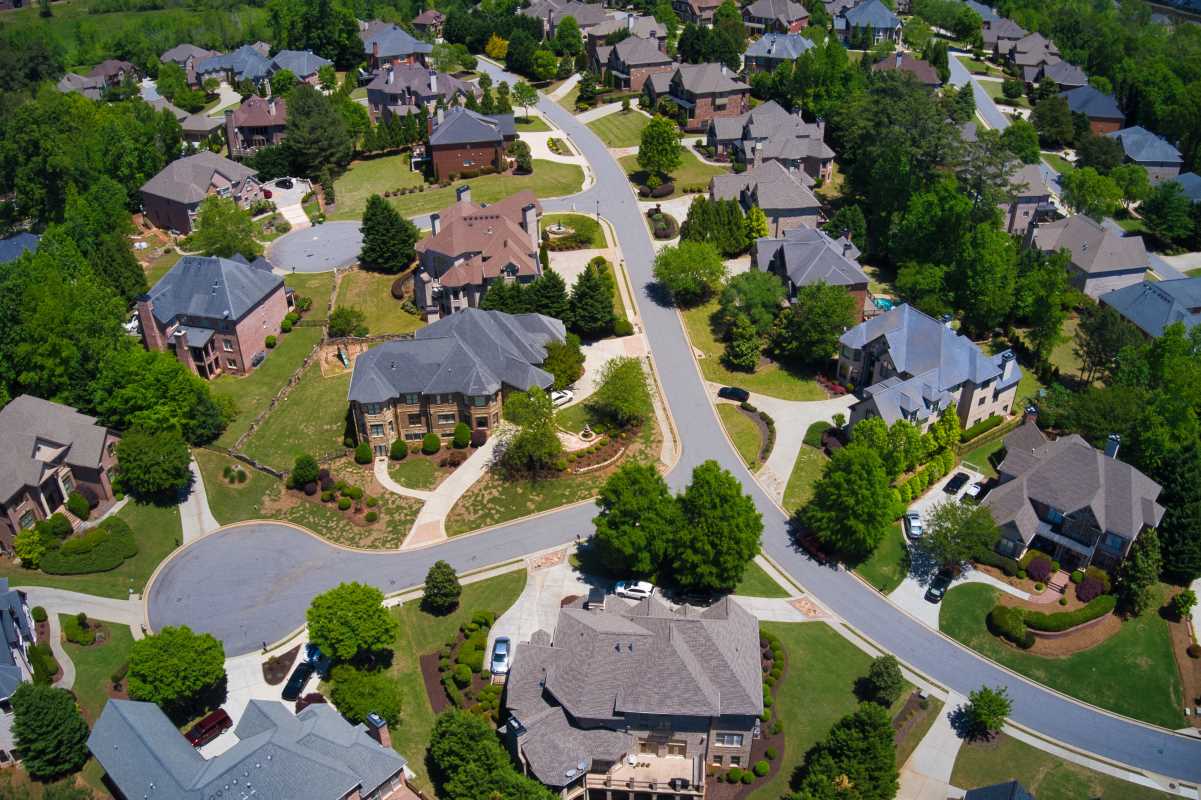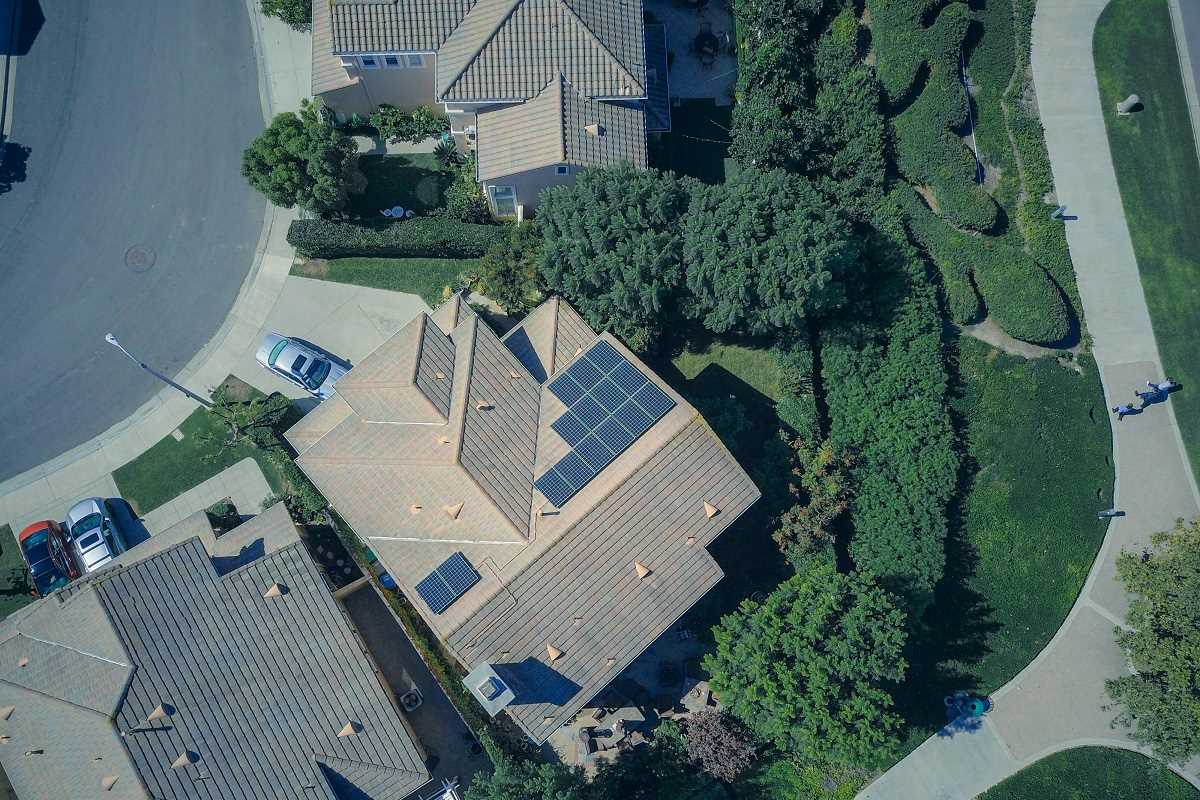Neighbors connect on a deeper level when they come together for creative projects that highlight their unique skills and passions. Working toward a common goal encourages a sense of belonging and helps people form bonds that go beyond casual greetings or everyday encounters. These nine inventive ideas offer practical guidance and real-life examples to help you unite your community, encourage local pride, and lay the groundwork for meaningful friendships. Through collaboration and shared effort, residents can transform their surroundings into welcoming spaces where everyone feels included, valued, and eager to participate in neighborhood life.
Community Art Installations
Colorful murals, collaborative sculptures, and interactive mosaics turn blank walls into community canvases. Gather volunteers and a local artist to brainstorm themes that reflect your neighborhood’s history or aspirations. Neighbors see their stories come to life in public spaces, increasing participation.
Consider these project ideas:
- Paint a timeline mural showcasing decades of neighborhood change.
- Create a tile-mosaic bench where each family decorates one tile.
- Construct an outdoor sculpture from recycled materials gathered locally.
Assign specific tasks—design, materials collection, on-site painting—and help busy adults participate without feeling overwhelmed. Clearly define roles and celebrate unveilings that reward everyone’s effort.
Community Gardens and Green Spaces
Gardens provide more than fresh produce; they encourage people to work side by side digging soil, planting, and watering. Transform vacant lots into thriving green havens by taking straightforward steps that offer practical guidance to newcomers and seasoned gardeners alike.
- Survey residents to identify preferences for vegetables, flowers, or pollinator-friendly plants.
- Secure tools and seeds through donations or small grants from local groups.
- Assign garden beds and schedule weekly maintenance shifts for watering and weeding.
- Host beginner-friendly workshops on composting and natural pest control.
- Arrange a seasonal harvest festival where gardeners share recipes and produce.
These steps promote shared responsibility while building green literacy. Adults gain new skills, and children learn where food comes from—strengthening neighborhood ties through hands-on learning.
Neighborhood Clean-Up Events
Picking up litter and clearing overgrown areas offers a quick win that boosts neighborhood pride. Organize an event around a theme—like “Park Polishing” or “Stream Revival”—and recruit volunteers through social media, flyers, and word of mouth. Provide gloves, trash bags, and safety vests to make participation easy and professional.
Share stories that resonate across age groups to highlight community-driven success.
Celebrate after the event with snacks or a potluck in the freshly tidied space. This simple gesture reinforces that collective action yields visible rewards.
Block Parties and Street Fairs
Closing a quiet street for a block party transforms sidewalks into social hubs. Invite food trucks, local bands, or hobbyists to set up booths. Encourage neighbors to contribute dishes, crafts, or games to make the event truly collaborative. Promote the event well in advance through lawn signs, newsletters, and door-to-door invitations to ensure a high turnout.
Form small teams ahead of time to handle logistics, entertainment, refreshments, and cleanup. Assign team leaders so each neighbor knows who to contact. Afterward, share photos on a community page and gather feedback to improve next year’s celebration.
Skill-Sharing Workshops
Adults possess a wealth of talents—from knitting to coding—and often enjoy teaching. Host a monthly workshop series where volunteers offer one-hour sessions on practical skills. Promote sessions like “Bike Maintenance Basics,” “Smartphone Photography,” or “Basic French Conversation.”
Use a simple sign-up sheet so instructors know how many attendees to expect. Rotate the workshop locations—homes, libraries, parks—to lower barriers and highlight different parts of your area. Participants leave with new skills and new acquaintances.
Volunteer Collaboration Networks
Many residents want to help but aren’t sure where to start. Develop an online directory or bulletin board listing ongoing volunteer needs—after-school tutoring, park repairs, or senior check-ins. Let people sign up for tasks that match their skills and schedules.
Hold quarterly meetups where volunteers exchange experiences and refine processes. Connecting face-to-face and witnessing the real-world impact of their efforts increases engagement. A lively network keeps projects moving forward all year round.
Storytelling and Oral History Sessions
Every neighborhood has living historians—longtime residents with vivid memories of local landmarks and traditions. Organize storytelling evenings where guests share tales about founding families, old businesses, or memorable celebrations. Record sessions and compile them into a digital archive or printed booklet for future generations.
Pair storytellers with younger volunteers who transcribe audio or design layouts. This intergenerational teamwork strengthens community roots and preserves local heritage in a tangible way.
Local Music and Performance Nights
Showcasing local talent fuels excitement and encourages spontaneous conversations among the audience. Host outdoor open-mic nights, talent contests, or themed concerts—jazz in the park, neighborhood choir showcases, or poetry slams. Provide basic sound equipment and comfortable seating to ensure a smooth experience.
Invite food vendors or snack tables to create a festive atmosphere. Spotlight emerging artists and support their efforts with applause, fostering a warm environment where people connect over shared tastes and new discoveries.
Incorporate these creative projects into your community calendar to build lasting friendships and a strong sense of achievement. Encourage neighbors to share talents, stories, and effort in meaningful ways.
 (Image via
(Image via.jpg)





